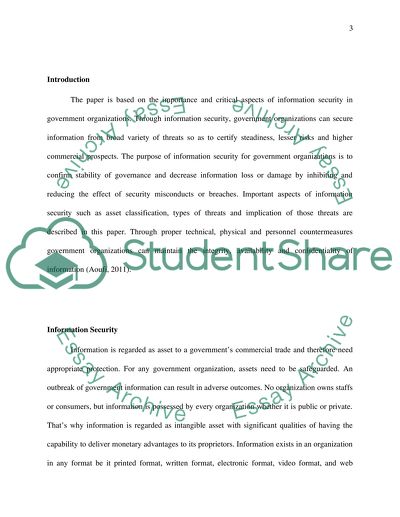Cite this document
(“Security of Information in Government Organizations Essay”, n.d.)
Retrieved de https://studentshare.org/information-technology/1391462-security-of-information-in-government-organizations
Retrieved de https://studentshare.org/information-technology/1391462-security-of-information-in-government-organizations
(Security of Information in Government Organizations Essay)
https://studentshare.org/information-technology/1391462-security-of-information-in-government-organizations.
https://studentshare.org/information-technology/1391462-security-of-information-in-government-organizations.
“Security of Information in Government Organizations Essay”, n.d. https://studentshare.org/information-technology/1391462-security-of-information-in-government-organizations.


